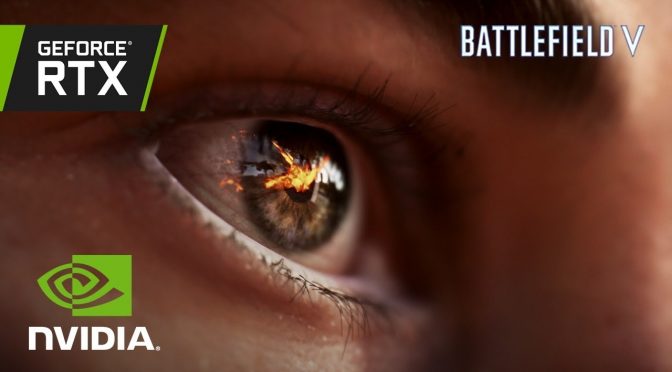Back when the Turing graphics cards were not available to the public or developers, DICE and other studios have been experimenting with real-time ray tracing using the NVIDIA Titan V GPU. As such, it should not really surprise anyone that Battlefield 5’s RTX effects can actually run with this particular card, even though it does not feature any RT cores.
NVIDIA has claimed that the RT cores basically accelerate the calculations of the real-time ray tracing effects, providing a significant performance increase. 3Dcenter recently has shared some figures and as we can see, there is a big performance difference between the RT and the non-RT graphics cards that were tested.
Let’s start with the most promising comparison that 3Dcenter shared. In an unspecified map, the Titan V was able to run Battlefield 5 with 80fps on Ultra details with RTX set to High, whereas the Titan RTX was able to push 87fps on the very same settings. However, we should note that there are scenes in Battlefield 5 in which there are minimal RTX effects. Battlefield 5 uses RTX for its reflections and in scenes that do not feature a lot of them, performance should – theoretically – be very close. But what happens in maps with more reflections?
Now here is the interesting comparison. While the Titan RTX was able to keep an average of more than 80fps (81fps with High RTX and 97fps with Medium RTX) in the Rotterdam map, the Titan V was simply unable to offer a smooth gaming experience on High RTX. The Titan V ran the Rotterdam map with an average of 56fps on Ultra settings with High RTX and with 67fps. So basically, we are looking at a 30fps performance difference between the Titan RTX and the Titan V.
The same behaviour can be witnessed in the Star Wars elevator real-time ray tracing demo. This demo was originally running on the Volta architecture via the DirectX Raytracing API however, this very same demo can also run on the Turing GPUs.
In conclusion, and while the RT cores do not provide a 10X performance boost, there is a very big performance difference between a GPU with and without RT cores. Let’s also not forget that the Titan V comes with 5120 shader units whereas the Titan RTX comes with 4608 shader units.
So, in case you were wondering, the RT cores are not a gimmick. Still, I have to say that it would be really cool if DICE provided a software mode for its real-time ray tracing effects so all players could test them and see whether their GPUs are powerful enough to run them in software mode.
Kudos to our reader “Metal Messiah” for spotting it.

John is the founder and Editor in Chief at DSOGaming. He is a PC gaming fan and highly supports the modding and indie communities. Before creating DSOGaming, John worked on numerous gaming websites. While he is a die-hard PC gamer, his gaming roots can be found on consoles. John loved – and still does – the 16-bit consoles, and considers SNES to be one of the best consoles. Still, the PC platform won him over consoles. That was mainly due to 3DFX and its iconic dedicated 3D accelerator graphics card, Voodoo 2. John has also written a higher degree thesis on the “The Evolution of PC graphics cards.”
Contact: Email

